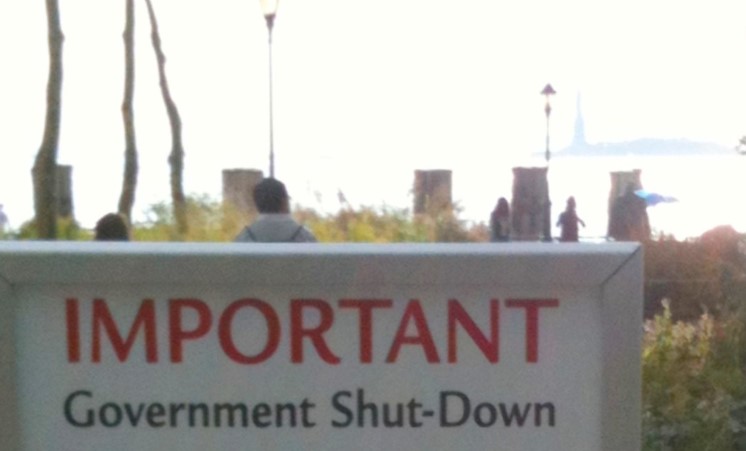
As the federal government hurtles toward a potential shutdown, the nation braces for the disruptive fallout that could disrupt essential services, squeeze federal workers, and send shockwaves through the political landscape. The looming showdown is driven by hard-right demands for deep spending cuts by House Republicans, setting the stage for a high-stakes confrontation over federal spending.
A government shutdown occurs when Congress fails to pass funding legislation that the president signs into law. Congress typically must pass 12 separate spending bills to fund various government agencies, but this process is often time-consuming. To avoid a shutdown, temporary extensions called continuing resolutions (CR) are used. When these funding measures aren’t enacted, federal agencies cease all non-essential operations, and millions of federal employees, including military personnel, face delayed paychecks.
The current government funding is set to expire on October 1, marking the beginning of the federal budget year. If Congress cannot pass a funding plan signed into law by the president before 12:01 a.m., a shutdown will commence.
The duration of a shutdown is unpredictable, and with a divided Congress—controlled by Democrats in the Senate and Republicans in the House—prolonged uncertainty looms. House Speaker Kevin McCarthy’s conservative faction intends to use the shutdown as leverage for significant spending cuts, raising concerns of a shutdown that could last for weeks.
The potential impacts of a shutdown extend beyond federal workers. Essential government services, including clinical trials, firearm permits, and passport processing, may experience delays. Industries closely linked to the federal government, such as federal contractors and tourist services near national parks, could face disruptions and economic downturns. The travel sector alone could lose $140 million daily during a shutdown, according to the U.S. Travel Industry Association.
Financial markets are not immune to the shockwaves either. Goldman Sachs estimates that each week of a shutdown could reduce economic growth by 0.2%, with a subsequent rebound once the government reopens. Moreover, a shutdown erodes confidence in the government’s ability to fulfill its fundamental duties, with the U.S. Chamber of Commerce emphasizing the importance of a well-functioning government for a thriving economy.
While the president and members of Congress will continue to work and receive their salaries, non-essential staff will be furloughed. The judiciary can operate temporarily using funds from court fees and other approved sources. Notably, funding for special counsels appointed by Attorney General Merrick Garland is exempt from a government shutdown, ensuring that ongoing cases, including those against former President Donald Trump and Hunter Biden, remain unaffected.
The history of government shutdowns in the United States dates back to the 1980s, when legal opinions asserted that government agencies could not operate during a funding gap. Since then, there have been 22 funding gaps, with 10 leading to worker furloughs. Notable shutdowns, often driven by budget disputes, occurred during President Bill Clinton’s tenure, especially during the standoff led by then-Speaker Newt Gingrich.
The most protracted government shutdown in recent memory took place from 2018 to 2019, lasting 35 days, as President Trump and congressional Democrats clashed over funding for a border wall. It’s important to note that a government shutdown is a result of Congress’s responsibility to fund the government. The House and Senate must agree on funding legislation, which the president then signs into law.
In such situations, Congress often relies on continuing resolutions to provide stopgap funding while budget negotiations unfold. However, hardline Republicans are pushing for a complete government shutdown until all 12 funding bills are negotiated—a historically time-consuming process that often extends into December.
As the nation watches this high-stakes political maneuvering unfold, the potential consequences of a government shutdown loom large, affecting not only federal workers but also crucial government services, industries, and the broader economy.
